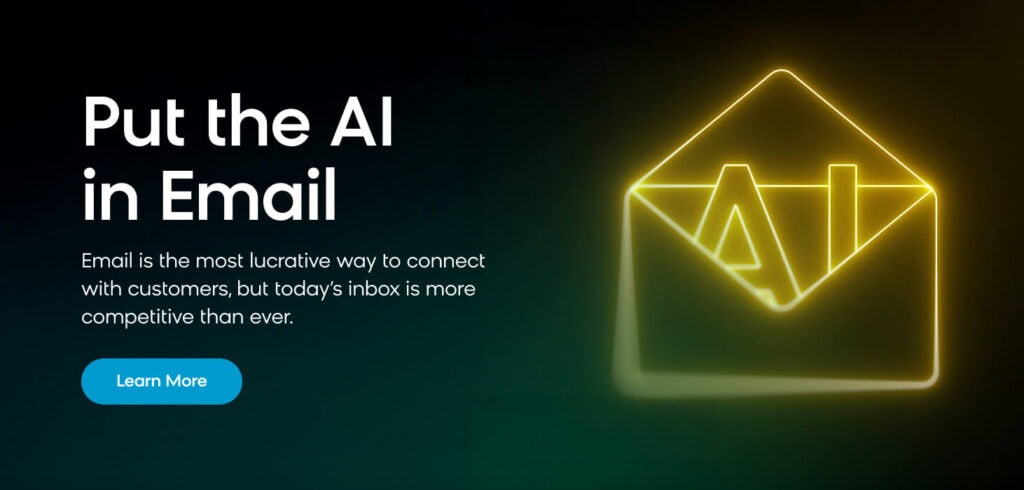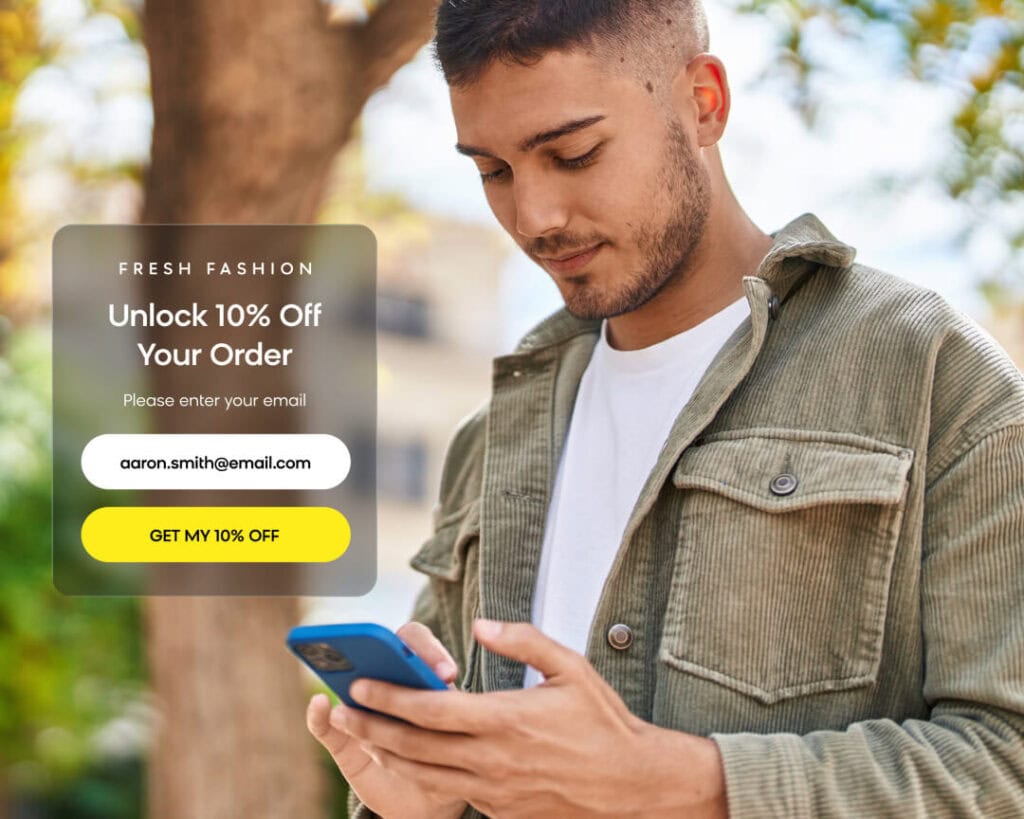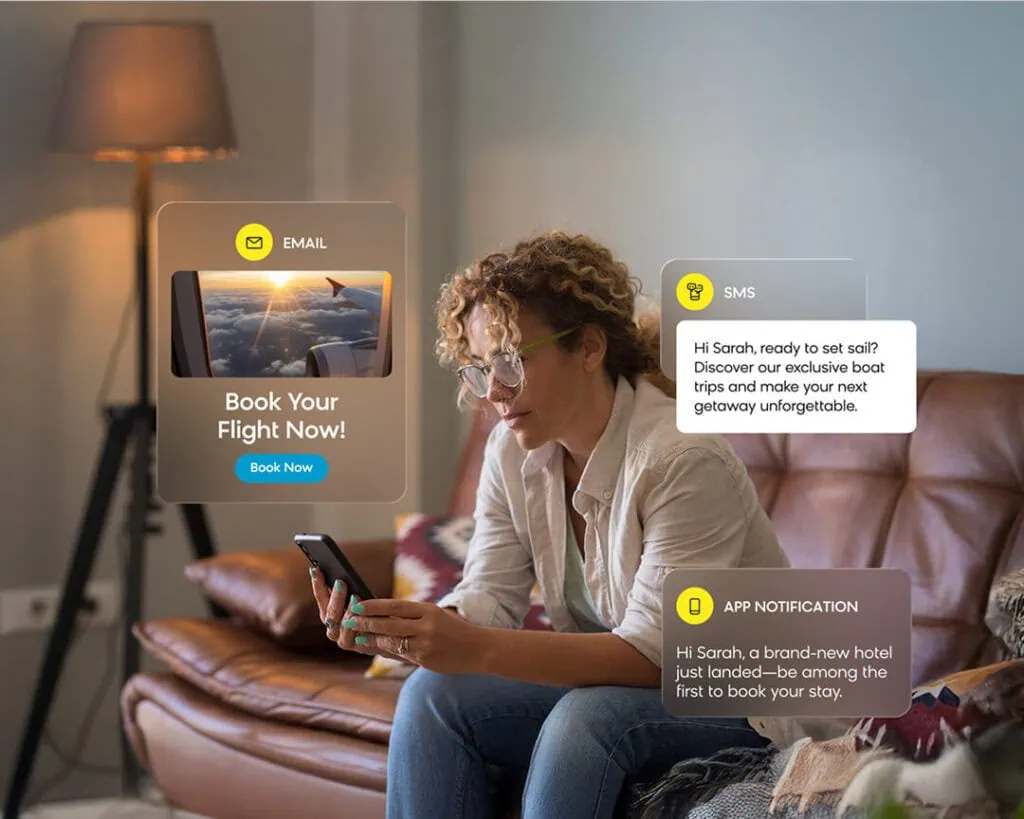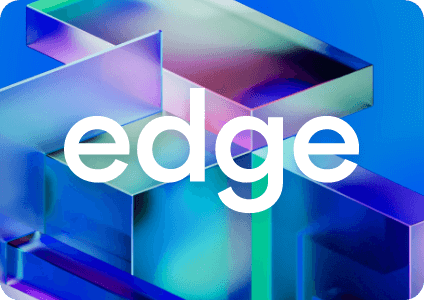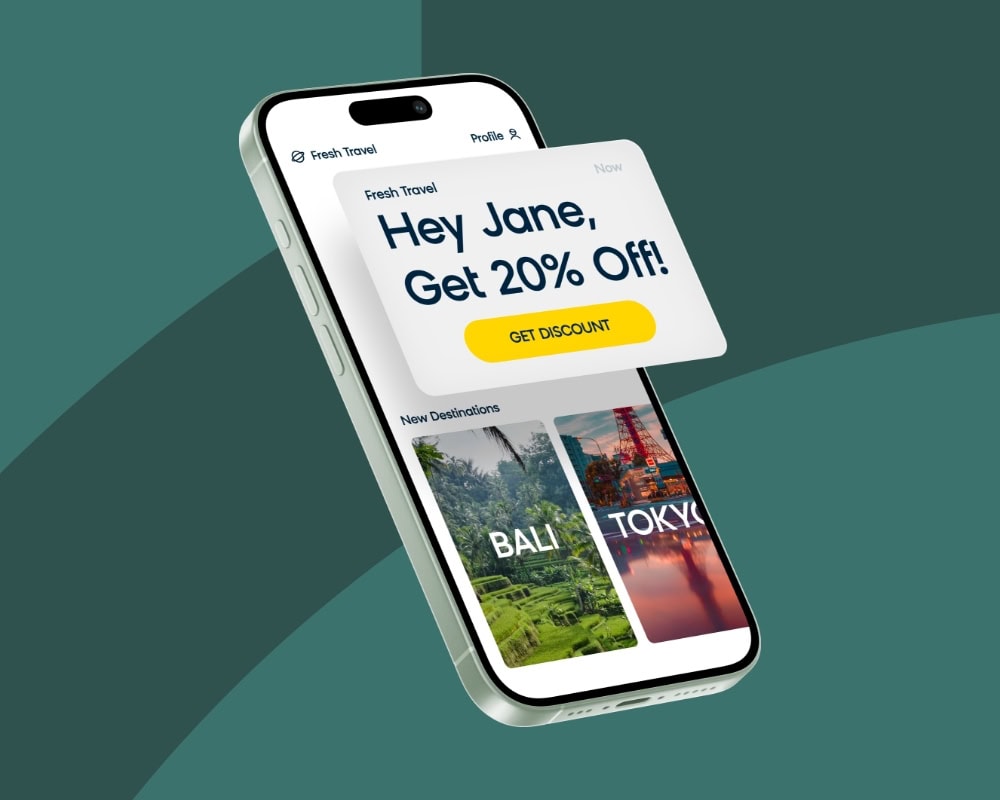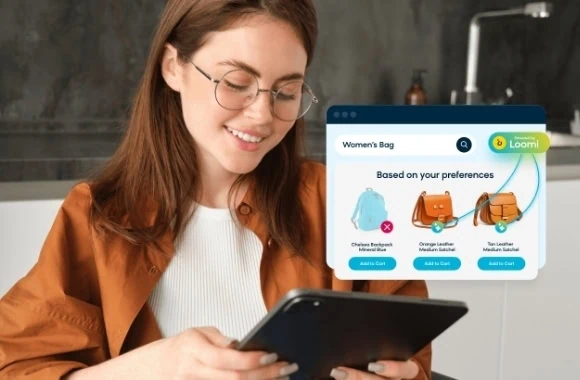After all this time, email still remains one of our strongest marketing tools. But at the same time, people are more frustrated with it than ever. 40% of US consumers unsubscribe from brand texts and emails at least once a week, and 56% will unsubscribe if they receive four or more marketing messages from the same brand within 30 days.
So what’s going wrong? And more importantly, how can we fix it?
The answer lies in shifting from campaign blasts to real AI-driven conversations. Email is intimate but not urgent — it lives in your customers’ personal inboxes, where they’ve given you permission to be. Unlike SMS or WhatsApp demanding immediate attention, email gives you the real estate to be beautiful, visual, and engaging while respecting your audience’s time and space.
The Emotional Reality of Email Marketing
Recent research from Forrester’s online community reveals the passionate — and often painful — relationship consumers have with email marketing. When asked about their experiences, the responses were telling:
“I do not like being bombarded with endless emails, even if I otherwise like the company.”
“Most emails are intrusive and a waste of my time. A brand bombarded me with emails, which made me feel violated.”
“I got an email with suggested products that were nothing like what I bought previously. It was offensive and tone deaf.”
Notice the emotional language: bombarded, violated, intrusive, offensive. These aren’t just complaints about frequency or timing — they’re expressions of broken trust.

But here’s the fascinating paradox: despite this frustration, email still delivers results. In that same research:
- 45% of consumers visited a brand’s website because of an email
- 39% made a purchase after learning about a promotion through email
- 25% bought a product because a promotional email recommended it
This tells us email works when it connects in an intimate, personalized way. The challenge isn’t the medium — it’s how we’re using it.
Why Traditional Email Tactics Are Failing
The problem with traditional email campaigns runs deeper than poor subject lines or bad timing. Customer experience scores are declining year after year across industries.
We’re facing a perfect storm: declining loyalty from more empowered customers, increasingly competitive markets, and conservative spending habits. Email marketing can’t solve all these challenges, but it can be a powerful weapon in your arsenal — if you approach it correctly.
The old playbook treated email as a one-dimensional, linear funnel designed to push people to the next stage as quickly as possible. But customer journeys today are nonlinear and fluid. Every interaction — whether on your website, through your app, or even via AI tools like ChatGPT — informs the next.
Getting Back to Basics: The Foundation of Great Email
Before diving into advanced AI strategies, you should take another look at your email strategy and make sure you nail these four fundamentals:
1. Streamline your subscription process: Make it incredibly easy for people to sign up on your website. The number one place users subscribe is your website, so remove every possible barrier.
2. Prioritize value: Does your email answer a specific need? Have you thought about what need made your users sign up, and are you consistently delivering against it? You need to ensure you’re providing value to all your subscribers.
3. Make your presentation clear: Is your message easily understandable? Can recipients view your content and see how to take action? Don’t sacrifice clarity for creativity.
4. Build trustworthiness: Build confidence through recognizable “from” addresses, clear subject lines, and transparent footer information that lets subscribers control their preferences and understand how you use their data.
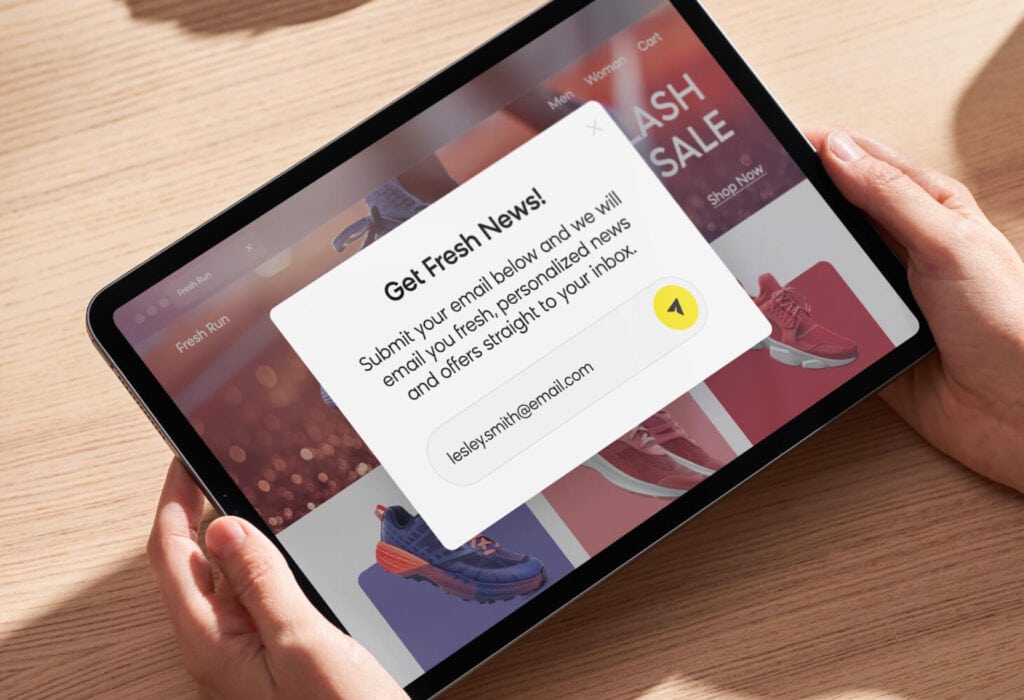
These basics create the foundation for everything else we’ll discuss.
The Secret Weapon: Your First-Party Data
Here’s what brands have that third-party AI solutions will never have: complete first-party customer data. You’re the only one privy to every single action taken across every channel where your customer interacts with your brand. You know their product interactions, purchase history, support tickets, and behavioral patterns across all touchpoints.
This complete picture is your competitive advantage. While third-party tools can provide generic recommendations, you can deliver truly personal experiences based on deep customer knowledge.
But having the data isn’t enough — you need to use it to start conversations, not just send campaigns.
From Campaigns to Conversations: Three Levels of Data Activation
Think of customer centricity in email not as a maturity curve, but as layers you can mix and match based on available data, speed requirements, and relationship context. Sometimes you need casual conversations; other times, deeper ones.
Level 1: Baseline Activation
This level consists of quick but intent-driven segmentation and triggers using high-level data like past purchases, website behavior, and basic demographics.
For example, Benefit Cosmetics segmented its base into previous buyers, VIPs, and waitlist prospects for a global brush relaunch. The brand connected email with Facebook lead ads and website banners, generating 40% more revenue through email alone. The key wasn’t sophisticated AI — it was solid customer data and strategic multichannel coordination.

Level 2: Contextual Targeting
This is where you can dig deeper into behavioral data and business logic to understand the “why” behind customer actions.
Just look at Tatry Mountain Resorts. The European resort synced offline ski lift usage data to calculate real-time loyalty status based on miles skied per season. As customers skied more, their loyalty level changed automatically, triggering personalized emails that reflected their status. The emails also notified customers of physical rewards they could collect from gift shops. This combination of cross-channel data and personalized incentives led to a 28% increase in ski days per season.
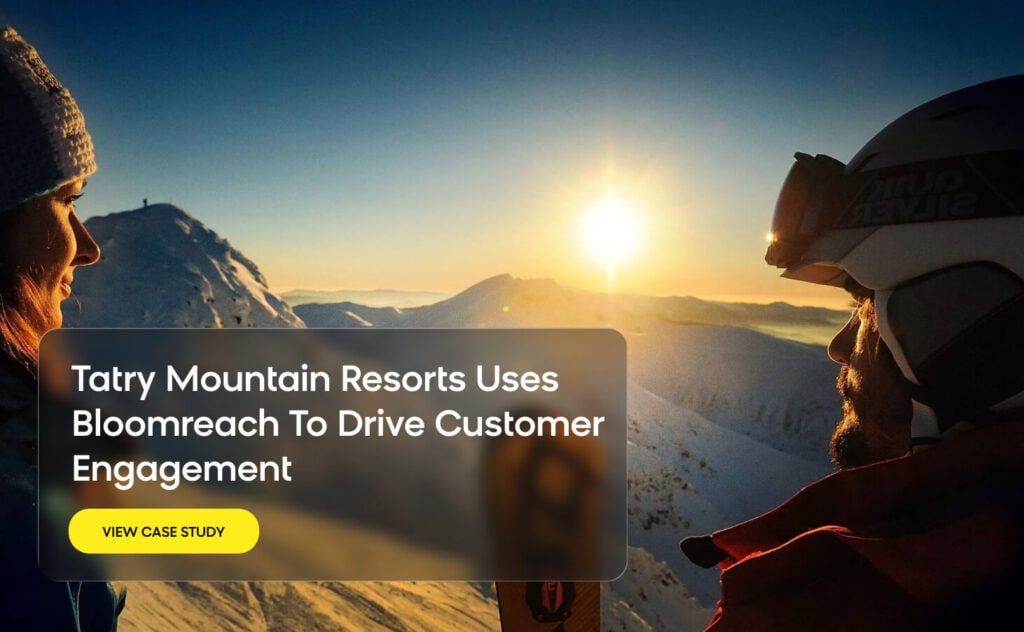
Level 3: Predictive Discovery
Next, you’ll want to start using AI to surface hidden opportunities and segments that aren’t obvious through manual analysis.
A popular UK-based entertainment retailer wanted to drive purchases of higher-margin HD movie formats. Traditional segmentation wasn’t working, so they used AI-powered AutoSegments. The system uncovered a segment of highly engaged customers who had never purchased HD content but showed strong interest in categories mostly available in HD format. By creating tailored offers that introduced these customers to HD through curated premium experiences, the brand achieved significant lifts in click-through rates and conversions.
This is customer empathy at scale — AI helping brands uncover hidden signals in data that humans would likely miss manually.
The Future of AI in Email Marketing
We’re still in the early phases of AI adoption in email marketing. Most marketers today use AI to optimize creative elements like subject lines and images, but we’re moving toward more sophisticated applications:
- Audience intelligence: AI will identify key audience targets and help you understand the different values various customer segments bring to your business
- Process automation: Streamlining operational roadblocks and improving workflow automation
- Cross-channel orchestration: Understanding how customers make decisions across different life stages and orchestrating brand interactions accordingly
With the rise of AI agents, you’ll soon be able to greatly augment your email marketing. However, it’s important to note that this technology isn’t replacing the human element in email — it’s enabling it. AI helps you identify and accommodate the human emotions and needs that drive customer behavior.
Your Next Steps: Start Having Conversations
Email isn’t going anywhere, even as AI solutions multiply and new channels emerge. Your secret weapon for standing out and cultivating loyalty lies in leveraging your complete first-party data picture to start genuine conversations.
The future of email isn’t about sending more messages — it’s about having better conversations. And there’s no better platform to enable these conversations than Bloomreach Engagement. Powered by advanced AI that can activate your customer data in real time, Engagement is your key to connecting with your customers through email in ways you simply couldn’t before. Learn more about how we put the AI in email and how we can transform your email marketing strategy — in real time and at scale.
